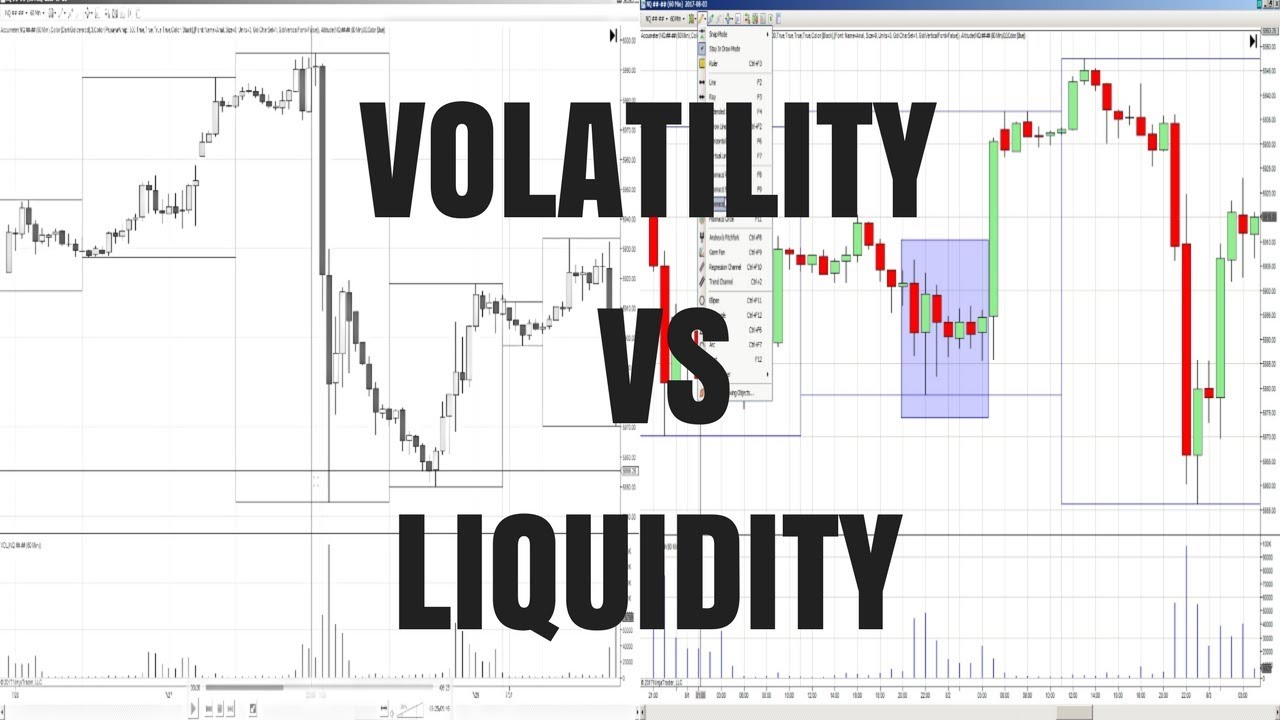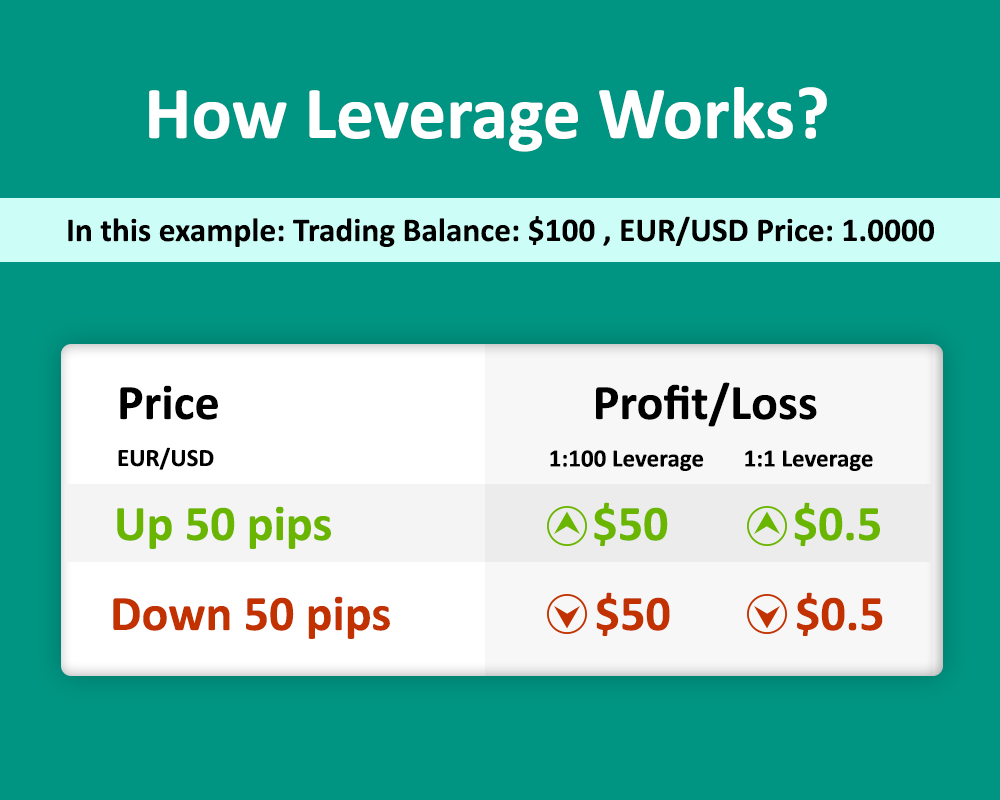Forex Market Liquidity and Volatility: A Complete Guide
The forex market, being the largest and most liquid financial market globally, is essential for traders, investors, and institutions alike. It operates 24 hours a day, five days a week, with high trading volumes and significant liquidity. However, it is also highly volatile, with price fluctuations influenced by various economic, political, and social factors. In this article, we will explore the concepts of liquidity and volatility in the forex market, their implications for traders, and how to navigate them effectively.
What is Forex Market Liquidity?
Liquidity in the forex market refers to the ability to buy or sell currencies quickly without causing significant price movements. A market with high liquidity ensures that orders are filled swiftly and at the expected prices, even for large volumes of currencies. Conversely, low liquidity can result in slippage, where the execution price deviates from the expected price, which can be costly for traders.
The forex market is characterized by its enormous size, with daily trading volumes exceeding $6 trillion. This massive volume provides exceptional liquidity, allowing traders to enter and exit trades with minimal difficulty. Major currency pairs, such as the EUR/USD, USD/JPY, and GBP/USD, tend to have the highest liquidity due to their popularity and the stability of the countries involved.
Factors Affecting Liquidity in the Forex Market
- Currency Pair Popularity: The more frequently a currency pair is traded, the higher its liquidity. Major pairs like EUR/USD, USD/JPY, and GBP/USD typically exhibit the highest liquidity, while minor and exotic pairs tend to be less liquid.
- Market Hours: Liquidity varies throughout the day due to different global trading sessions. The overlap of the London and New York sessions, which occurs between 8:00 AM and 12:00 PM EST, is typically the most liquid time in the forex market.
- Economic Events and Data Releases: Major economic reports, such as interest rate decisions, employment reports, and GDP data, can significantly affect liquidity. During these times, liquidity can increase as traders adjust their positions in response to new information.
- Market Participants: Large institutional players, including central banks, hedge funds, and multinational corporations, contribute to market liquidity. Their trades can have a considerable impact on market dynamics.
Benefits of High Liquidity in Forex Trading
- Faster Execution: High liquidity ensures that orders are executed promptly and at the intended price, reducing the chances of slippage.
- Narrow Spreads: With more market participants and higher trading volume, bid-ask spreads tend to be narrower. Narrow spreads reduce trading costs and enhance profitability, especially for short-term traders.
- Lower Impact of Market Movements: In a liquid market, large trades are less likely to cause significant price movements. Traders can execute substantial orders without affecting the market significantly.
- Flexibility in Trading Strategies: High liquidity allows traders to employ various trading strategies, including scalping and day trading, with greater efficiency and reduced risk of market manipulation.
What is Forex Market Volatility?
Volatility refers to the degree of price fluctuation in the forex market over a specific period. A volatile market experiences significant price swings, making it both an opportunity and a risk for traders. Volatility can be measured using tools like the Average True Range (ATR) or the volatility index, which quantify price movements over time.
Unlike liquidity, which is generally a constant feature of the forex market, volatility can vary considerably. The forex market is inherently volatile due to the multitude of factors influencing currency prices. These factors include economic indicators, geopolitical events, interest rate changes, and market sentiment.
Factors Affecting Volatility in the Forex Market
- Economic News and Reports: Major economic announcements, such as GDP reports, inflation data, or central bank meetings, can create sudden and sharp price movements. For example, a surprise interest rate hike by a central bank can lead to heightened volatility in the currency of that country.
- Geopolitical Events: Political instability, natural disasters, or wars can result in increased volatility. For example, an election in a major economy or a geopolitical conflict can create uncertainty, causing significant price swings.
- Market Sentiment: Traders’ emotions and expectations can also contribute to volatility. For example, when traders react to rumors or news about a particular currency or economy, it can trigger sharp price movements.
- Central Bank Interventions: Central banks often intervene in the forex market to stabilize their currency or influence economic conditions. These interventions can lead to spikes in volatility, especially if the central bank’s actions are unexpected.
Types of Volatility in Forex
- Historical Volatility: This type of volatility is based on past price movements. It measures the amount by which the price of a currency pair has fluctuated over a specific period.
- Implied Volatility: Implied volatility refers to the market’s expectations of future price fluctuations. It is often derived from the prices of options and can give traders an idea of how volatile a currency pair is likely to be in the future.
- Event-Driven Volatility: This volatility is a result of specific events, such as economic data releases, political events, or natural disasters. These events can lead to short-term surges in volatility, often creating trading opportunities.
Benefits of Volatility in Forex Trading
- Opportunities for Profit: Volatility presents opportunities for traders to profit from price swings. Day traders, swing traders, and scalpers often thrive in volatile markets, as they can capitalize on short-term price movements.
- Price Discovery: Volatility can lead to rapid price discovery, especially when new information is released. This process allows traders to adjust their positions quickly, aligning with the latest market expectations.
- Increased Trading Volume: Volatile markets often attract more traders, as higher volatility can lead to greater trading volume. More participants in the market can lead to increased liquidity, which benefits all traders.
- Hedging Opportunities: Volatility allows for the use of various hedging strategies, such as options or futures contracts, to protect against adverse price movements. These strategies can help manage risk in volatile environments.
How to Navigate Liquidity and Volatility in Forex Trading
- Choose the Right Currency Pairs: Focus on major currency pairs, as they tend to have the highest liquidity and narrower spreads. Exotic pairs, while offering higher potential profits, are generally more volatile and less liquid, which increases the risk of slippage.
- Trade During Peak Hours: Liquidity tends to be highest during the overlap of major trading sessions, particularly when the London and New York markets are both open. Trading during these hours increases the likelihood of faster execution and tighter spreads.
- Use Stop-Loss and Take-Profit Orders: Given the potential for volatility, it is essential to use stop-loss and take-profit orders to protect your capital. These orders automatically close your positions when the market reaches your pre-determined price levels, reducing the risk of significant losses.
- Monitor Economic Events: Stay informed about upcoming economic reports and geopolitical events that may impact volatility. Traders can use economic calendars to plan trades around key announcements and minimize the risk of unexpected price movements.
- Risk Management: Volatility can lead to rapid price fluctuations, so managing risk is crucial. Ensure you use proper position sizing and maintain a balanced risk-to-reward ratio to protect your capital.
- Utilize Volatility Indicators: Technical analysis tools, such as the Average True Range (ATR), can help measure market volatility and adjust your trading strategy accordingly. High ATR readings indicate higher volatility, which may require more caution when placing trades.
Conclusion
Both liquidity and volatility are integral features of the forex market, influencing how traders execute trades and manage risk. Liquidity ensures that traders can buy and sell currencies efficiently, while volatility presents both risks and opportunities. By understanding these two concepts and using them to your advantage, you can navigate the forex market more effectively, capitalize on price movements, and manage your trades with greater precision. Whether you’re a novice or an experienced trader, mastering liquidity and volatility is essential to achieving success in forex trading.




